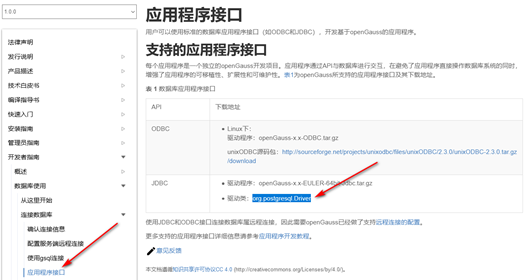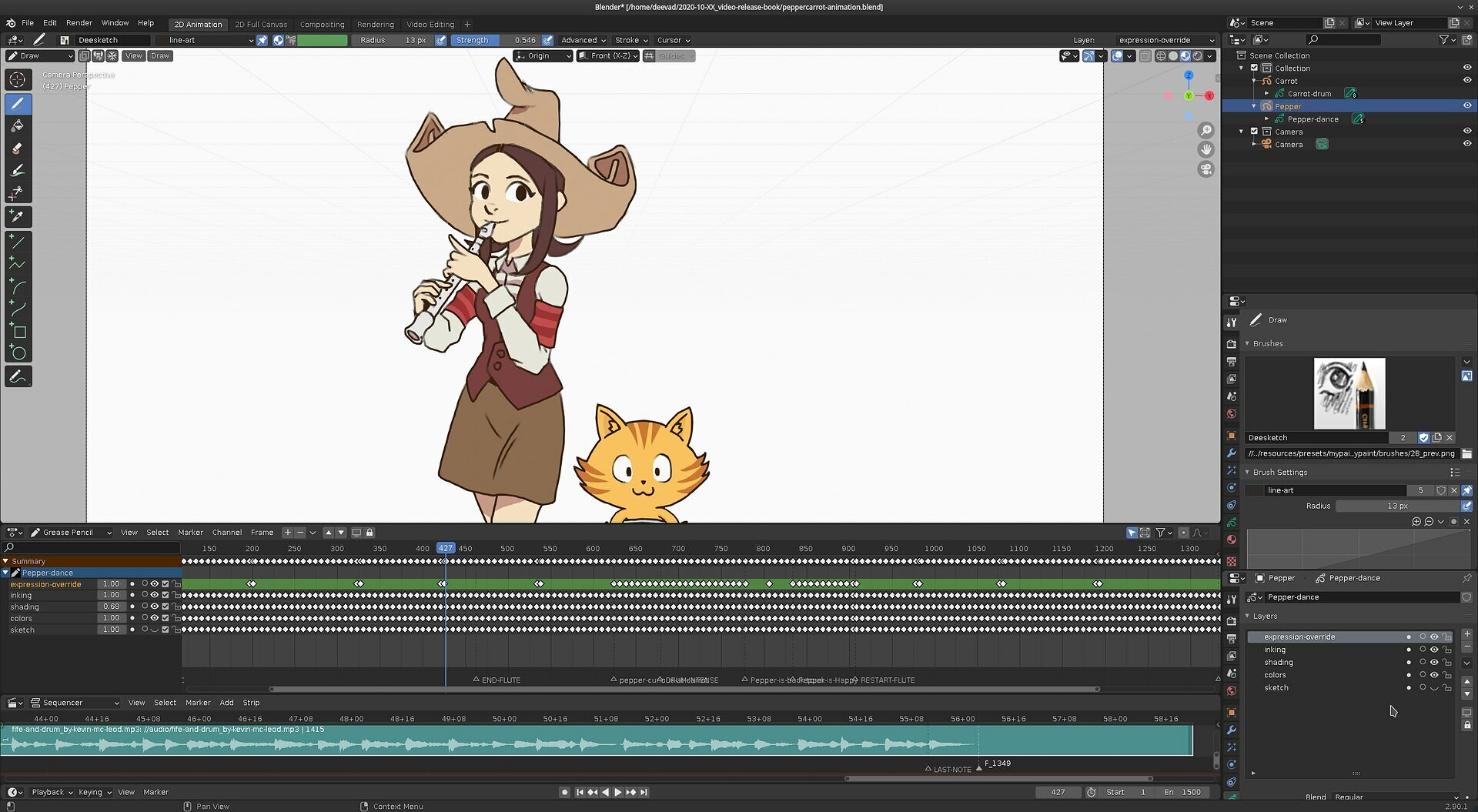
M_7 = GaussianBlurImage(radius 0.3,sigma 0.15) M_6 = AddNoiseImage(noistype GaussianNoise) M_5 = UnsharpMaskImage(radius 8,sigma 4,amount 32,threshold 3) M_3 = BrightnessContrastImage(brightness 1.77,contrast 27.34) ) The resize time of the files is the following measurement: dbg_photo_resize_cpu. The load time of the files is the following measurement: dbg_photo_load_cpu. M_2 = geomean of the resize time of 8 images to a thumbnail The workload measures the time it takes to load thumbnails, apply filters and save the images in each format.


M_7 = ModulateImage(saturation 101-112,4 step) Noise adding CPU = M_8 M_6 = ModulateImage(saturation 101-99,2 step) M_5 = BrightnessContrastImage(contrast 1-27.34,4 step) M_4 = BrightnessContrastImage(brightness 8-1.77,3 step) M_3 = BrightnessContrastImage(brightness 1-9,3 step) Color adjusting CPU = M_3 + M_4 + M_5 + M_6 + M_7 The workload measures the time it takes to load images, apply filters and save the images in each format. After each filtering pass constituting a secondary result, each image is saved on disk in JPEG and PNG formats. Each slider is moved 2-5 times, depending on the operation. Apply brightness, contrast, saturation, unsharp mask, Gaussian noise, Gaussian blur, a further unsharp mask, local contrast and wavelet denoise to the source image via sliders in the user interface and display the resulting image in the adjustment view.Load and display a source image into the adjustment view.The workloads performs the following tasks: The interactive use scenario simulates editing a photo in an image manipulation program. The benchmark application selects a preferred OpenCL device for the ImageMagick library to use. The Photo Editing test uses the ImageMagick library. The Photo Editing test models use cases with photo editing application.

Solution home PCMark 10 Digital Content Creation test group Photo Editing


 0 kommentar(er)
0 kommentar(er)
